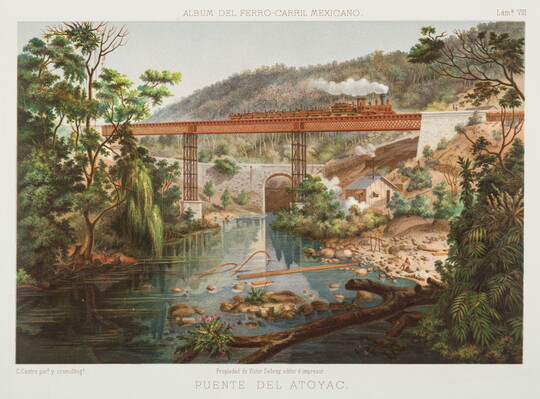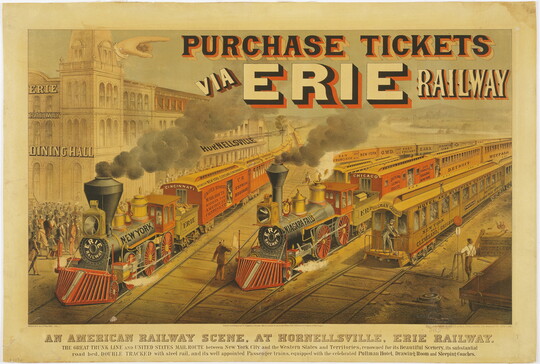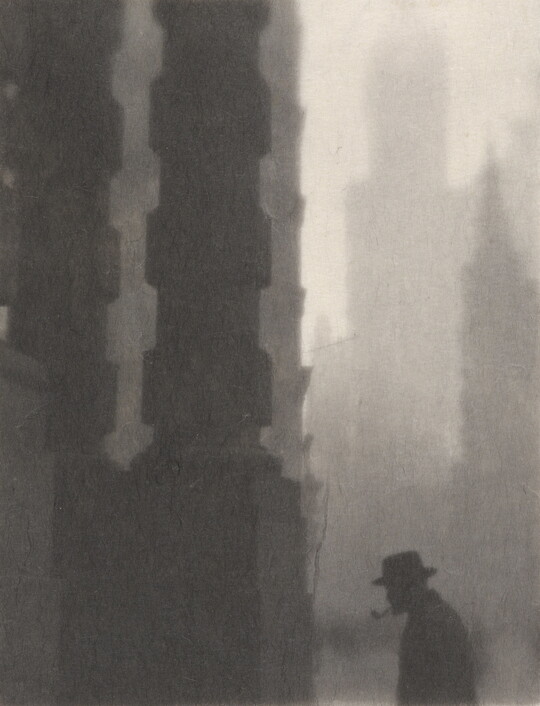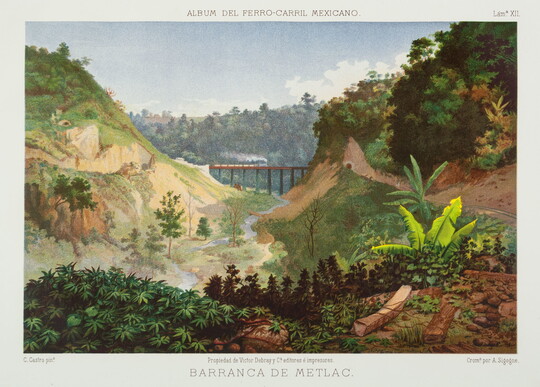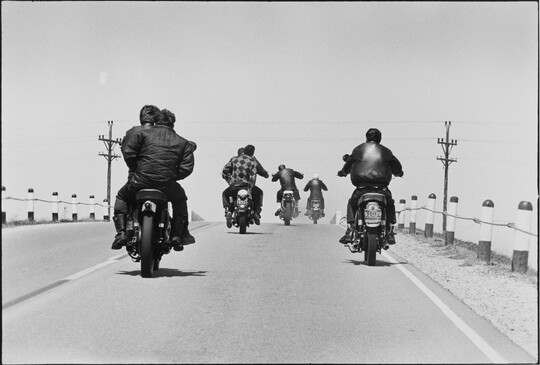

Artwork Image
Photo:
Controls
Complete Bloom
Object Details
-
Date
1854
-
Object Type
Prints
-
Medium
Chromolithograph
-
Contributors
Printed by Dutton & Wentworth
Printed by Sharp & Son
Published by Dutton & Wentworth
-
Object Format
Portfolio
-
Dimensions
Image: 15 x 21 in.
Sheet: 21 x 27 in. -
Inscriptions
Recto:
l.l. below image, engraved on stone: Wm. Sharp del.
l.r. below image, engraved on stone: Sharp & Son Chromolith \ DORCHESTER MASS.
-
Credit Line
Amon Carter Museum of American Art, Fort Worth, Texas, Purchase with funds from the Ruth Carter Stevenson Acquisitions Endowment
-
Accession Number
1999.33.E
-
Copyright
Public domain
Object Description
Color printing during the early 19th century was slow and labor-intensive. After printing an image in black and white, studio technicians applied color by hand using watercolor, a painstaking and time-consuming step. But following the introduction of chromolithography in the 1830s, hand coloring gradually fell out of favor. Chromolithography involves printing colors one by one using multiple printing stones. The process is logistically complex, but it saves time and labor relative to hand coloring, and it allowed 19th-century printers to achieve more saturated colors.
Complete Bloom is one of the earliest chromolithographs printed in the United States. Created in Boston by Sharp, an early pioneer of the technique, it portrays Victoria regia, a water lily native to South America that became a horticultural sensation following its introduction to the Northeast in 1851. Sharp included this print in a portfolio of six images showing the progression of the flower from bud to bloom.
—Text taken from the Carter Handbook (2023).
Additional details
Location: Off view
See more by William Sharp
Tags
Amon Carter Disclaimer
This information is published from the Carter's collection database. Updates and additions based on research and imaging activities are ongoing. The images, titles, and inscriptions are products of their time and are presented here as documentation, not as a reflection of the Carter’s values. If you have corrections or additional information about this object please email us to help us improve our records.
Every effort has been made to accurately determine the rights status of works and their images. Please email us if you have further information on the rights status of a work contrary or in addition to the information in our records.
Related Works
-
Puente del Atoyac., 1877
Casimiro Castro
Chromolithograph
1971.55.10
-
Showing the Snapshot, 1936
Isabel Bishop
Etching
1982.5.1
-
Sparky and Cowboy, Schererville, Indiana, 1965-1966
Danny Lyon
Gelatin silver print
P1980.67.9
-
An American Railway Scene, at Hornellsville, Erie Railway., 1874
Parsons & Atwater
Chromolithograph
1970.190
-
Lower Broadway. New York, 1912
Karl Struss
Platinum print
P1980.3.8
-
Brooklyn Bridge, Nocturne, ca. 1912-1913
Karl Struss
Platinum print
P1980.3.11
-
Barranca de Metlac., 1877
Casimiro Castro
Chromolithograph
1971.55.14
-
Route 12, Wisconsin, 1963
Danny Lyon
Gelatin silver print
P1980.67.4
-
"Thistle", 1887
Unknown
Chromolithograph
1970.198

